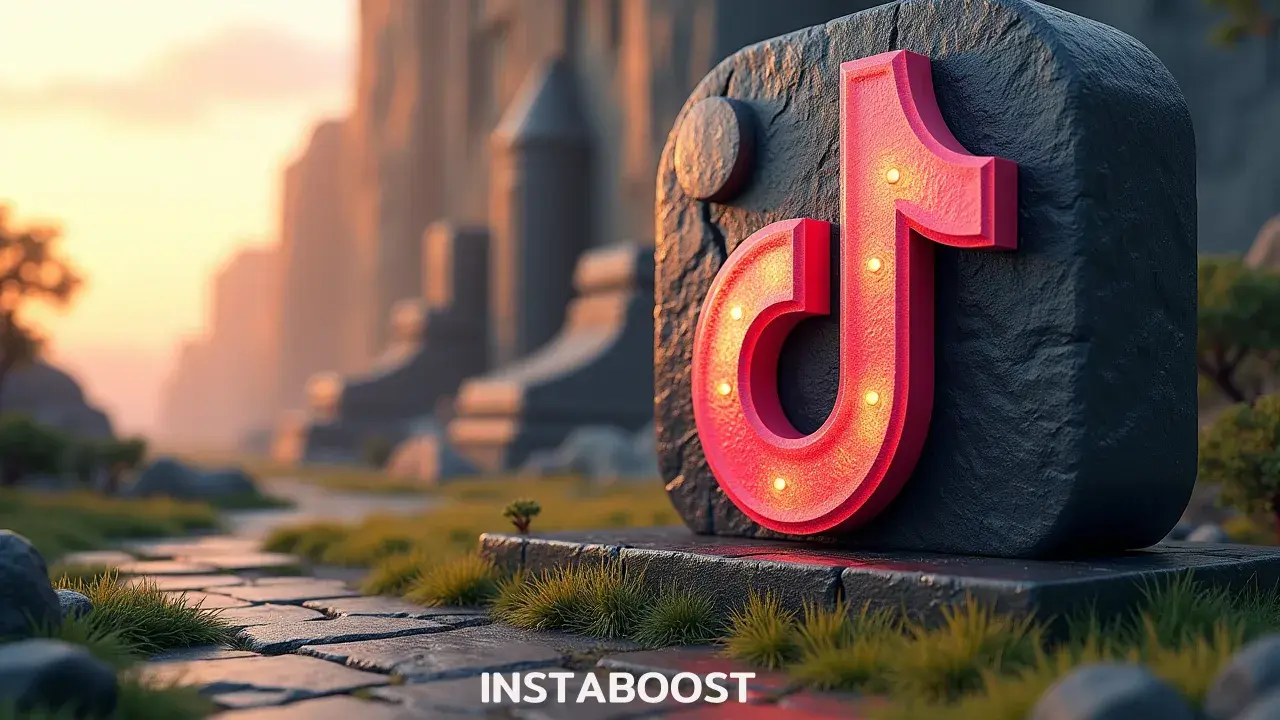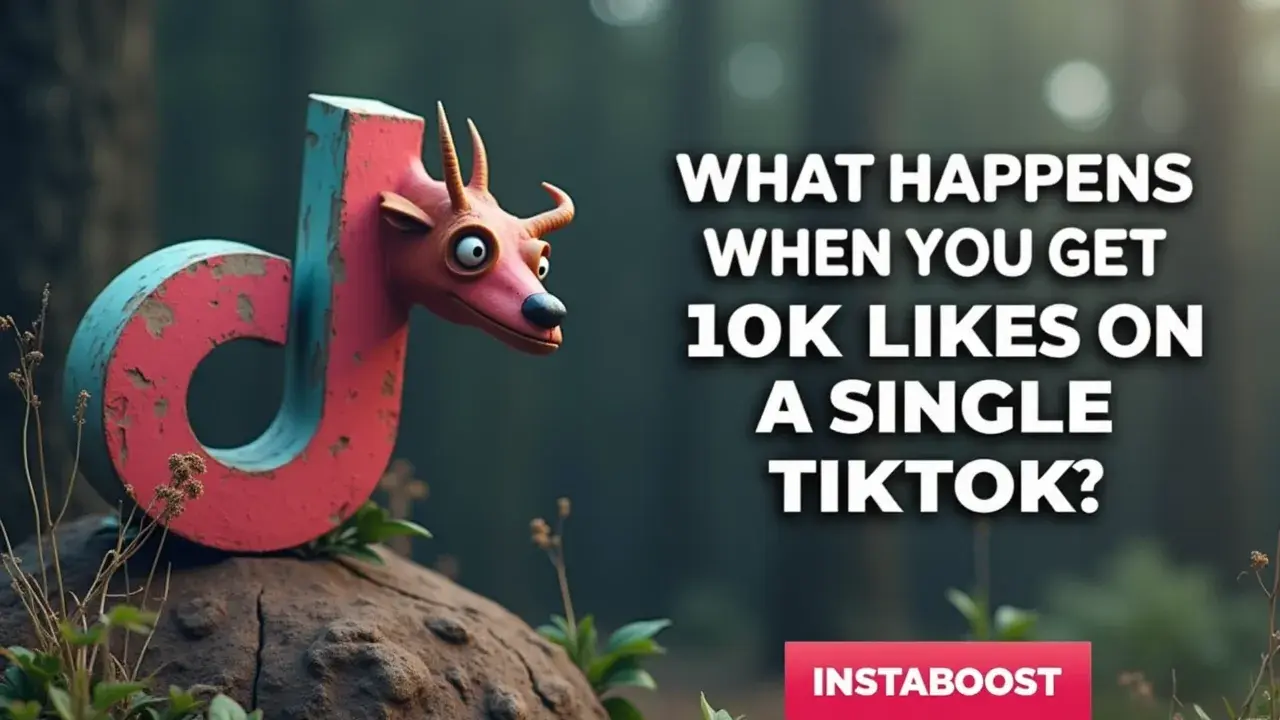What Happens When You Get 10K Likes on a Single TikTok?
Reaching 10K likes typically signals strong content performance that can broaden reach and deepen engagement. The system is more likely to show the video to additional audiences, which can increase views, comments, and follower growth if watch time and completion rates remain high. Momentum can taper if audience retention or relevance declines, so consistency and quality still matter. Aim to replicate the elements that drove interaction to build durable growth.
The TikTok 10K Like Milestone: More Than Just a Number
Getting 10,000 likes on a TikTok post actually means more than it might seem at first. It isn’t only about the number or the quick rush of seeing notifications pop up on your screen. What happens behind the scenes is that TikTok’s algorithm notices when a video gets that kind of engagement, especially if it happens fast.
It’s a signal that people outside your usual group of followers are paying attention, and it tells the algorithm your video might be worth sharing more widely. For a lot of people who post on TikTok, hitting 10,000 likes feels like a turning point, because it’s when your video can start appearing on more For You pages, reaching people who haven’t seen your stuff before.
It’s a signal that people outside your usual group of followers are paying attention, and it tells the algorithm your video might be worth sharing more widely. For a lot of people who post on TikTok, hitting 10,000 likes feels like a turning point, because it’s when your video can start appearing on more For You pages, reaching people who haven’t seen your stuff before.
The algorithm looks at things like watch time and comments too, but a lot of likes in a short time really stands out. Sometimes, reading about different ways people push your TikTok content further can be helpful when you’re analyzing what caused a particular video to take off.
So when a video hits that milestone, the main thing that changes is how many new people come across it, and you might start to notice differences in your analytics – more reach, different types of comments, maybe even some new followers. It’s less about the number itself and more about noticing what kinds of videos seem to connect, which can help you figure out what to post next, or if you even want to try to repeat it. The experience is different for everyone. Sometimes nothing big happens, and sometimes it sets off a new direction that’s hard to predict.
So when a video hits that milestone, the main thing that changes is how many new people come across it, and you might start to notice differences in your analytics – more reach, different types of comments, maybe even some new followers. It’s less about the number itself and more about noticing what kinds of videos seem to connect, which can help you figure out what to post next, or if you even want to try to repeat it. The experience is different for everyone. Sometimes nothing big happens, and sometimes it sets off a new direction that’s hard to predict.

Hard-Won Lessons: The Real Value Behind the Numbers
Most of what I’ve really picked up has come from when things didn’t work out, not from when they did. If I put a TikTok out there and barely anyone likes it, it makes me stop and look at it differently. I start asking myself what could have been off – was it the timing, the way I started the video, or even the song I used? Trying to figure that out actually teaches me more than when something takes off and gets a bunch of likes. It’s easy for people to see a video get 10,000 likes and chalk it up to luck, but, for me, all those less successful posts are where I get a sense of what actually connects with people.
So when one finally does well, that win feels different – I already know not to assume it’ll happen again if I don’t keep paying attention. At that stage, TikTok’s algorithm might start showing the video to more people, which some people say is how you boost social presence on TikTok, but if I’m not noticing what got me there, things can stall out pretty quickly. I’ve noticed that people who keep growing on the platform usually aren’t the ones chasing a single viral moment – they’re the ones who keep picking things apart and trying something new each time. When someone asks how to get more likes, what they’re really looking for is a way to read what works and actually respond to it, even if that means hearing something you don’t want to hear. I think, in the end, you get better by sticking with it and paying attention to each post, no matter how it does.
From Likes to Leverage: Building an Intentional TikTok Game Plan
A lot of plans don’t really fall apart all at once – they just slowly veer off without anyone noticing. Say you get a TikTok that hits 10,000 likes. It’s easy to want to do the exact same thing again, hoping it’ll work twice, but that’s usually the point when it pays off to have a bit of a plan.
TikTok might boost that video for a while, but the spike never lasts as long as you want. What seems to matter more is what happens after: do you have a sense of what to try next, or do you end up chasing that one lucky moment? Instead of repeating yourself, it helps to actually look at what made that video click. Maybe it was the topic, or how you cut it together, or even the time you posted. Sometimes people get caught up in things like fast delivery TikTok likes, but those aren’t really the pieces that change your long-term approach.
You can look at the numbers – retention, shares, which parts people replayed. Those little details tell you something about what people liked, and you can use that to figure out your next step. This isn’t about drawing up a huge strategy, but more about being curious and willing to experiment a bit.
You could try switching up how you start your videos, working with someone else, or even posting on a different day. A lot of long-term growth just comes from making small changes and paying attention to what happens. The people who keep building momentum are usually the ones who pause and look around after a moment like that, instead of rushing past it.
Resisting the Urge to Chase Every High
It’s easy to feel pressure to keep moving when the algorithm starts paying attention to you. If one of your TikToks suddenly takes off, there’s this urge to make another that feels exactly the same, hoping to keep the momentum going. But honestly, growth – at least the kind that lasts – rarely comes from just reacting as quickly as possible.
If you start treating every spike in likes as a signal to repeat yourself, you end up chasing after what the app wants rather than thinking about what you’re trying to do. Sometimes it’s worth slowing down and asking yourself why a video connected with people in the first place. The algorithm will always push for more and faster – it doesn’t really care if you have anything you want to say, or if you’re burnt out, or even if you’re still interested in what you’re making.
When I’ve taken time to notice what actually felt right to me, I’ve started to see a difference in how I think about what I post. It’s not really about ignoring feedback or never responding to what people like, but about letting your own interests set the pace sometimes. There’s always going to be another service promising quick audience growth – INSTABOOST comes to mind, since I once looked up ways to get seen on TikTok – but that kind of shortcut rarely helps you figure out what matters to you or what you want to try next. And I think if you can find some patience with yourself – even if it means numbers go down for a bit – you start to see what might be worth building toward, little by little.
Rethinking Success: Beyond the Numbers
Getting the next line down always seems tougher, especially after something big – like seeing a TikTok hit 10,000 likes. It’s easy to start wanting more after that, hoping for an even bigger response or higher numbers. But if you pause, you notice that going viral isn’t an endpoint.
It just sort of changes things. The attention feels good and can make you think you’re doing something right, but it’s worth asking what you actually want from all of it. Is it about reaching people, connecting, or trying out ideas you care about? Chasing another viral post after a while can start to feel a bit empty, like repeating the same move that doesn’t mean as much anymore. That moment – those 10,000 likes – could be a chance to pay attention to who’s watching, what kinds of comments show up, and what you might want to do next. There are always tools and platforms in the background, like a sharing service for TikTok creators, but it seems like real growth depends less on repeating what worked and more on trying new things, even if they don’t always catch on. The bursts of attention can push you, but they can also make you stop and think about what you’re doing before it all just scrolls away.















